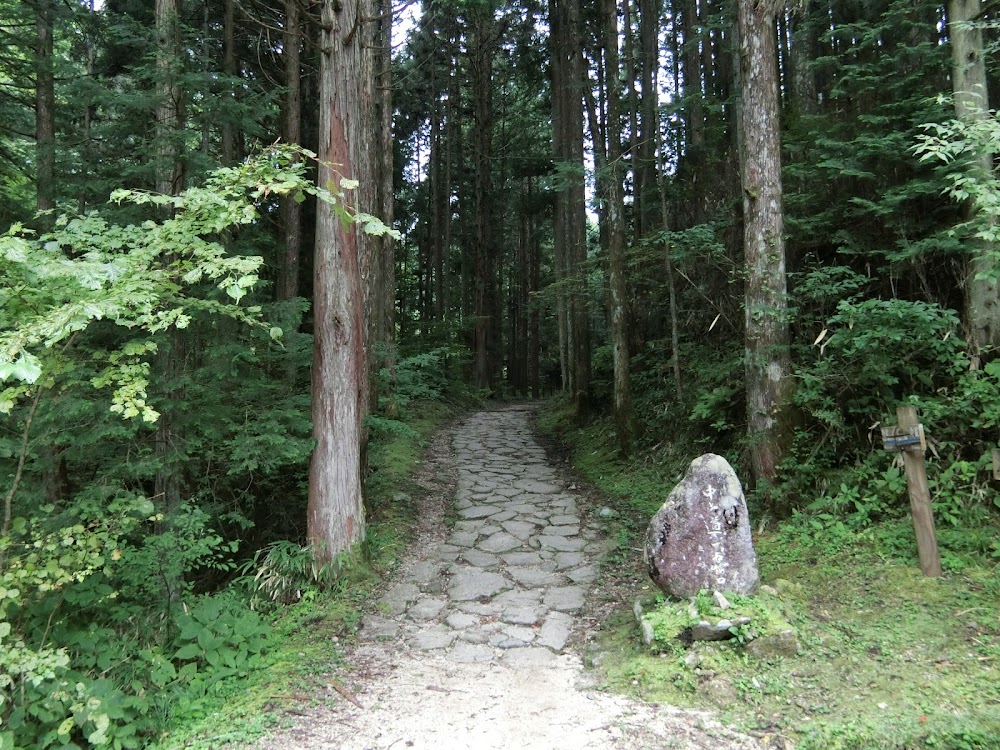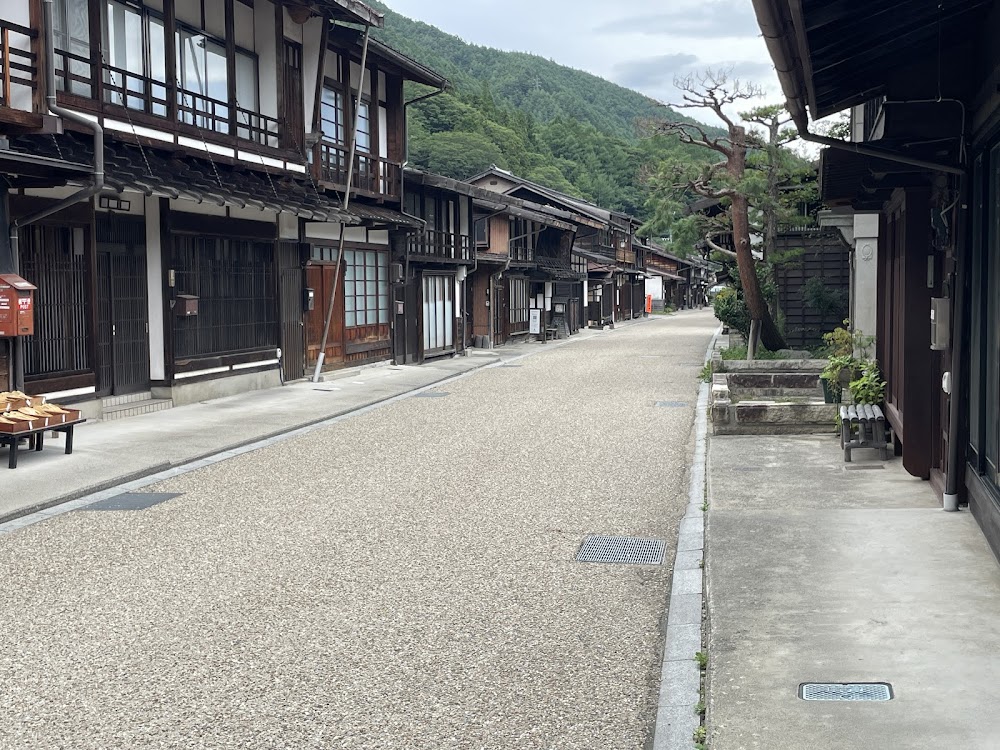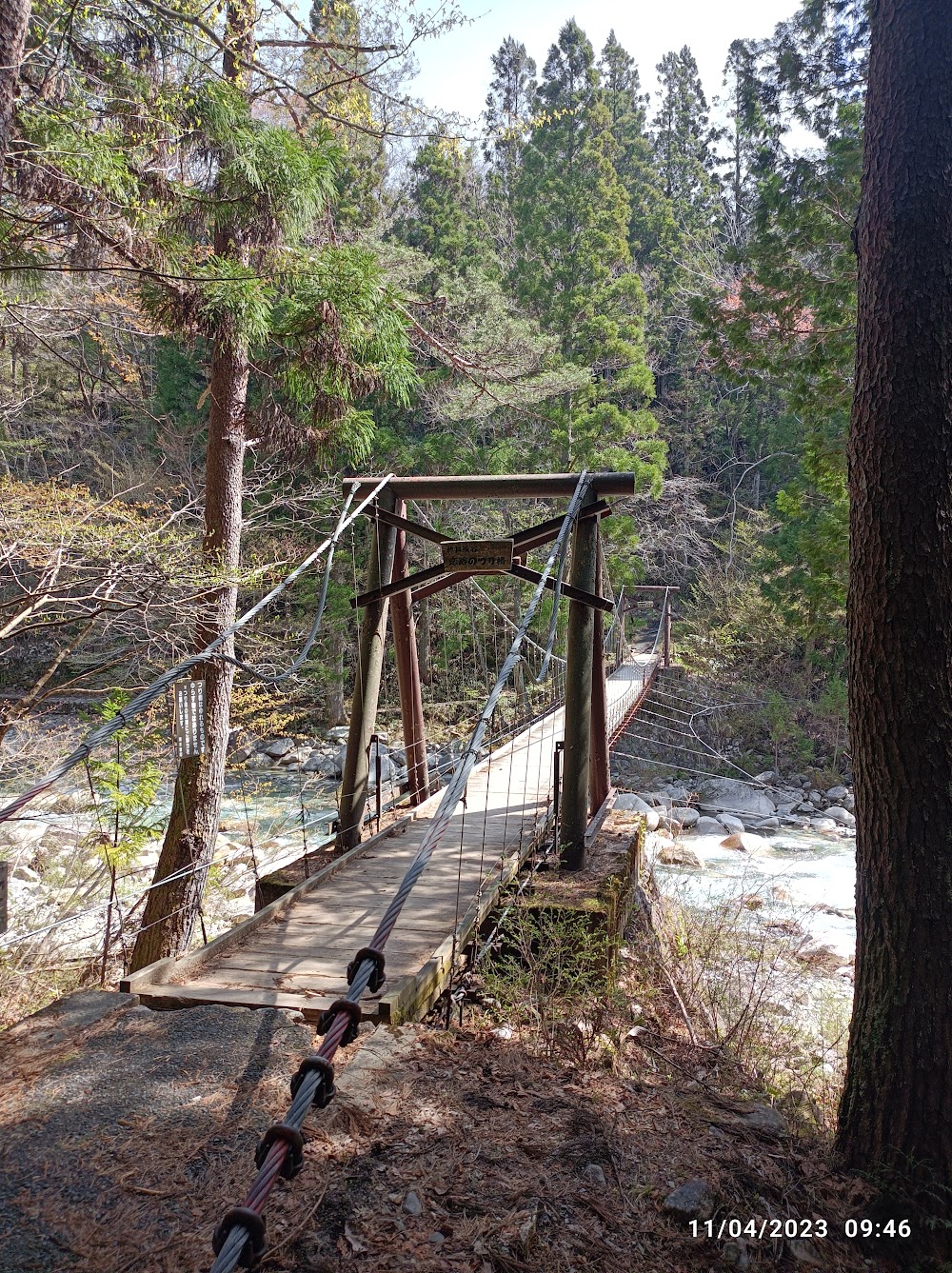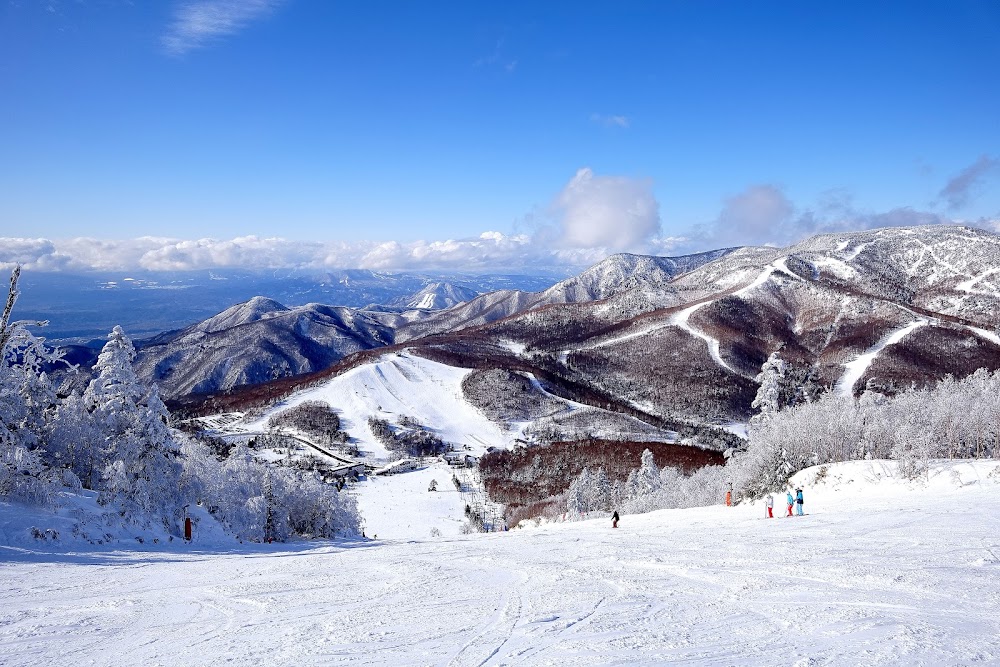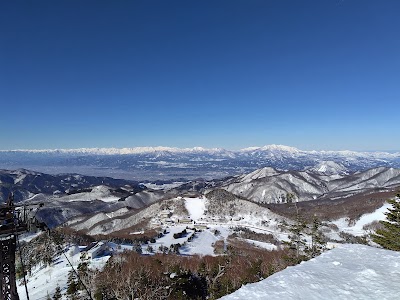Kiso Valley (木曽谷)
Related Places
Overview
Kiso Valley is a picturesque region nestled in Nagano Prefecture, Japan, renowned for its well-preserved post towns that once served as vital resting spots for travelers during the Edo period. These charming towns line the historic Nakasendo route, a crucial pathway that connected Kyoto and Edo (modern-day Tokyo) and facilitated travel and communication across the country.
The Nakasendo was one of the five main routes established by the Tokugawa shogunate in the early 17th century. This scenic path winds through Japan’s central mountains, offering breathtaking views of lush forests, clear rivers, and towering peaks. The natural beauty of Kiso Valley made it an ideal location for post towns, where weary travelers could find shelter, food, and rest.
Among the most notable towns in Kiso Valley are Magome, Tsumago, and Narai. Each of these towns has retained much of its historical charm and architecture, providing visitors with a fascinating glimpse into Japan’s past.
Magome is perched on a steep slope and features a delightful cobbled street lined with traditional wooden buildings. As you ascend the stone steps, you're rewarded with stunning views of both the picturesque town and the surrounding mountains. In the 1960s, local residents began restoration efforts to preserve their heritage. Skilled craftsmen rebuilt houses using traditional techniques, ensuring that Magome maintains its authentic Edo-period appearance.
Tsumago, another iconic post town, stands out for its strong commitment to historical preservation. In the early 1970s, Tsumago underwent extensive restoration, with residents, volunteers, and experts coming together to revive its old-world charm. To maintain the town's historical aesthetic, modern elements such as telephone poles, electric wires, and signage were banned. Today, Tsumago invites visitors to step back in time with its narrow streets and rustic architecture, reminiscent of centuries past.
Narai, the largest of the post towns, is affectionately known as “Narai of a Thousand Houses.” Stretching over a kilometer, its main street is flanked by beautifully preserved merchant houses, inns, and shops. Prosperous as a hub for travelers, Narai boasts a rich cultural heritage. Preservation efforts began in the mid-20th century, with the local community and government collaborating to maintain the town’s historical significance.
Beyond its enchanting post towns, Kiso Valley is also famous for the Kiso Hinoki (Japanese cypress) trees that thrive in the region. Renowned for their durability and pleasant aroma, these trees were highly sought after during the Edo period for constructing important buildings, including temples and castles. Today, sustainable forestry practices are employed to ensure that the Kiso Hinoki forests remain a cherished resource for future generations.
For those seeking adventure, the scenic Nakasendo Trail connects the post towns and offers a chance to hike through stunning landscapes. Walking this historic path allows travelers to tread the same routes once traversed by samurai and merchants, providing a unique cultural and historical experience.
Kiso Valley’s dedication to preserving its heritage while embracing sustainable practices makes it a remarkable destination in Japan. The careful restoration of its post towns and the protection of its natural environment ensure that Kiso Valley remains a living testament to Japan’s rich history and cultural legacy. Whether you’re a history buff, nature lover, or simply seeking a tranquil escape, Kiso Valley promises an unforgettable experience.


